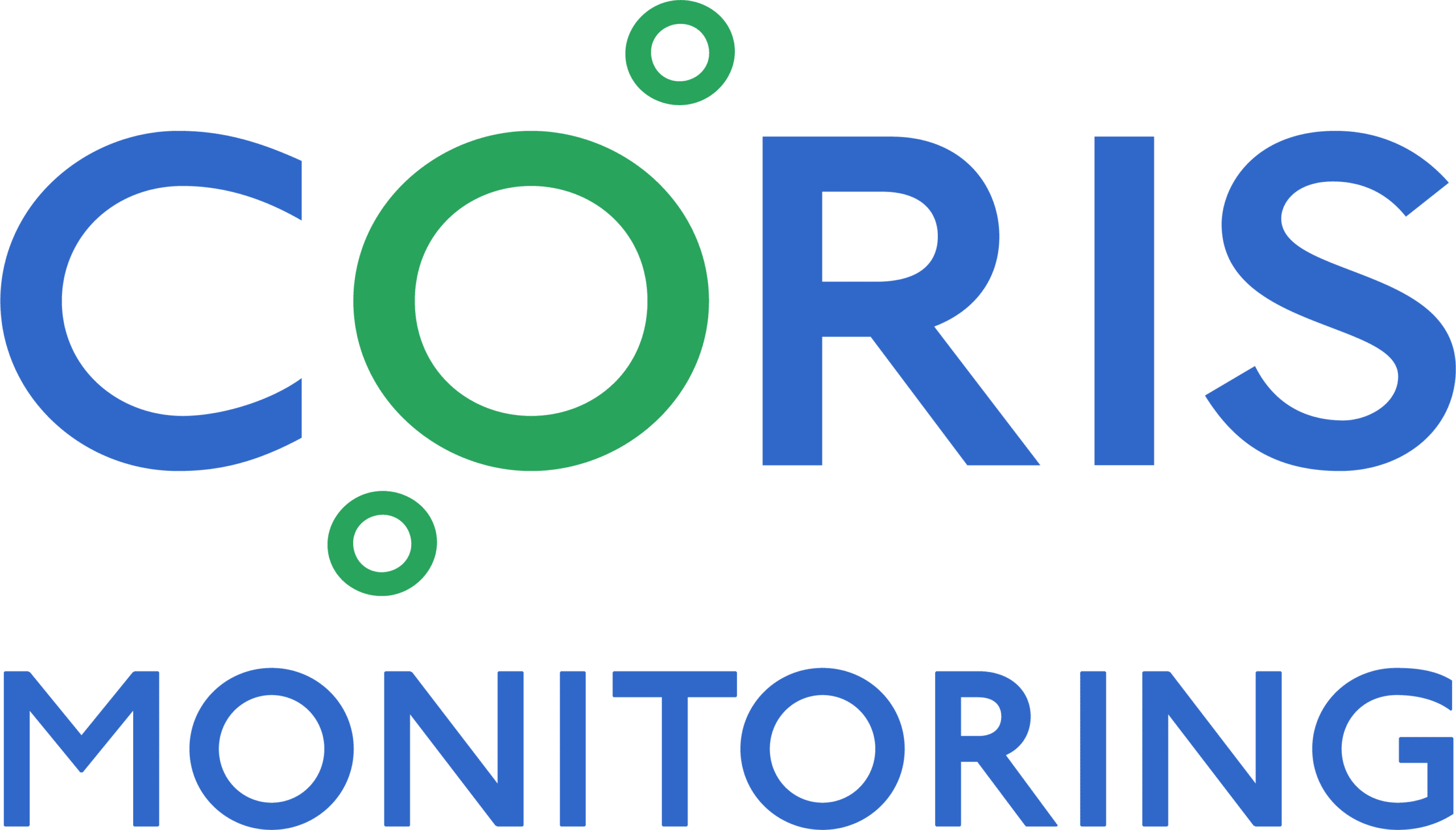
A Monitoring System Built With Your Needs in Mind
The CORIS lab temperature monitoring sensors are designed to monitor temperatures in all types of cold storage devices, a list that includes liquid nitrogen (LN2) tanks and dewars (-196°); -80°, -40° and -20° freezers; +4° refrigerators and +37° incubators. With real-time temperature data, automated reports and customizable alerts made available to users via any web-based device, you can proactively manage the quality and safety of your lab samples, all while increasing productivity.
How the CORIS System for Lab Temperature Monitoring Works
TEMPERATURE MONITORING PROBE
Each temperature-controlled storage device includes a monitoring probe that measures and records the temperature in real time. Probes are available in a variety of lengths to suit individual needs.
LORA GATEWAY
The LoRa gateway, known for its wireless ability to penetrate concrete and cinder block walls, forwards readings to the CORIS cloud. Each gateway can communicate with over 100 wireless modules.
WEB-BASED UI
From any web-enabled device, users have 24/7 access to device temperature data, reports and alerts. Intuitive navigation paired with a highly customizable setup maximizes efficiencies.
SENSOR MODULE
Depending on the type of appliance, either an extreme temperature sensor (ETS) module or a temperature and humidity level (TH-L) sensor module will wirelessly transmit temperature data to the gateway. Readings are sent to the gateway every 2 minutes.
CORIS CLOUD
Temperature readings sent to the CORIS cloud are logged and compared to established thresholds, with alerts sent out if trigger conditions are met. Once logged, data is stored in the cloud forever.
TEMPERATURE MONITORING PROBE
Each temperature-controlled storage device includes a monitoring probe that measures and records the temperature in real time. Probes are available in a variety of lengths to suit individual needs.
SENSOR MODULE
Depending on the type of appliance, either an extreme temperature sensor (ETS) module or a temperature and humidity level (TH-L) sensor module will wirelessly transmit temperature data to the gateway. Readings are sent to the gateway every 2 minutes.
LORA GATEWAY
The LoRa gateway, known for its wireless ability to penetrate concrete and cinder block walls, forwards readings to the CORIS cloud. Each gateway can communicate with over 100 wireless modules.
CORIS CLOUD
Temperature readings sent to the CORIS cloud are logged and compared to established thresholds, with alerts sent out if trigger conditions are met. Once logged, data is stored in the cloud forever.
WEB-BASED UI
From any web-enabled device, users have 24/7 access to device temperature data, reports and alerts. Intuitive navigation paired with a highly customizable setup maximizes efficiencies.
Get Answers to Frequently Asked Questions
The CORIS ETS probes cover a very wide temperature range between -250℃ to 250℃. Higher lab temperature monitoring is available upon special order request.
Whenever the communication with a temperature sensor is lost, the CORIS system will send you an alert via text, email or phone (based on your user preferences). This means you’ll be notified in the event of a local power or internet failure.
Yes, battery back-up power is available. An optional internal battery pack enables the ETS to operate for up to one month if its normal power supply is interrupted. If the ETS cannot forward temperature readings to the CORIS servers for any reason including an Internet outage, these sensor readings will be stored inside the ETS until communication with the servers is restored. Once communication is restored, the ETS will transmit stored readings in between transmission of current readings every two minutes. The TH-L module runs on batteries, and will also store readings internally if communication with the servers is interrupted. The TH-L can internally store about one week’s worth of readings.
Since the gateway does not have an internal battery option, many customers power the Gateway with a battery pack that has a USB port. CORIS will provide a special USB cable to power the Gateway from an external battery. As long as the battery can be charged while it is discharging through a USB port, the battery will power the gateway and stay fully charged. If power to the battery is lost, the gateway will continue to run on the battery. A large capacity battery can power the gateway for a few days.
Yes, the CORIS system is compliant with HIPAA, CAP, CLIA and CFR 21 Part 11. Our system for lab temperature monitoring only records temperature readings, which are permanently recorded in the cloud and cannot be modified or deleted. Reports are also automatically generated and permanently stored in the cloud (without the option to modify or delete), and can be used to verify the integrity of original temperature readings.





